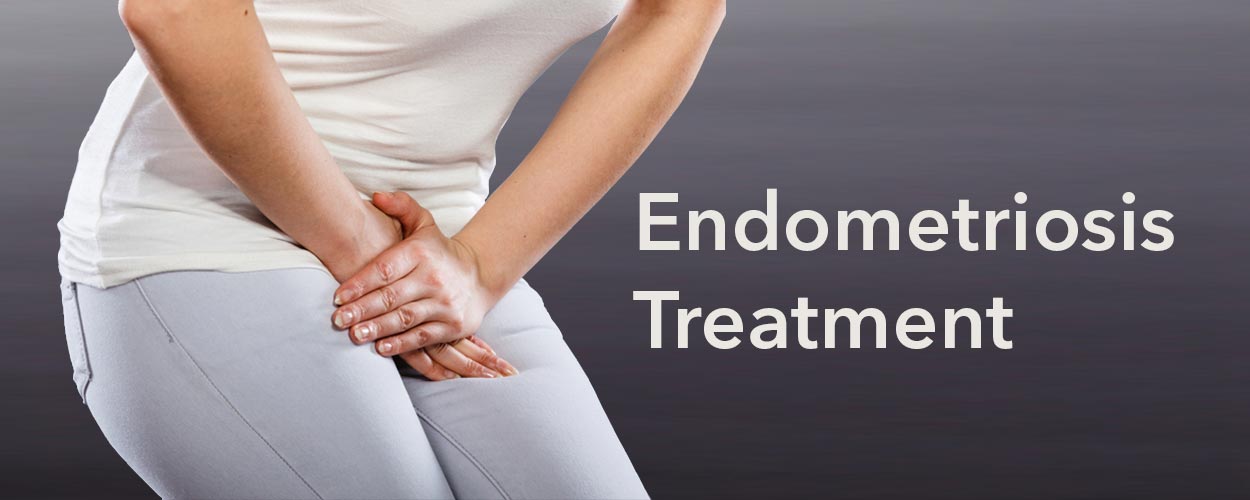

The surgeon makes small incisions in the person’s abdomen, including near or in the navel to minimize scarring. An anesthesiologist administers these medications and monitors the person’s vital signs. The person receives general anesthesia, so they are completely unconscious throughout the procedure. These tight socks help prevent deep vein thrombosis.Ī nurse inserts an IV line into the person’s hand, which the anesthesiologist later uses to administer the anesthesia.īefore the procedure, the person usually has the chance to ask the surgeon and nurse questions and discuss the risks and benefits of the procedure.
Surgery for severe endometriosis professional#
Next, a nurse or another healthcare professional provides a hospital gown and compression stockings. When a person arrives at the hospital, they first register for the procedure. This allows them to look for lesions and remove them with surgical instruments, if possible.īelow, learn more about a laparoscopy for endometriosis and what to expect before, during, and after the procedure. This involves a surgeon making small incisions in the abdomen and inserting a tiny camera. As a result, the best way to diagnose the condition is a laparoscopy. It can be difficult or impossible for doctors to detect these growths using noninvasive imaging techniques, such as ultrasounds. The condition can also cause scar tissue, bowel symptoms, and infertility. The growths, also called lesions, can lead to lasting, severe pelvic pain, cramping, and inflammation. Depending on the extent of the surgery, there may be discomfort after, and it may take 1–2 weeks to return to everyday tasks.Įndometriosis causes tissue similar to that which lines the uterus to grow elsewhere in the body.Įndometrial tissue can respond to hormones, which can cause the growths to enlarge and bleed. However, a trend was observed toward a higher pregnancy rate and lower dyspareunia recurrence rate after surgery for severe endometriosis performed at laparotomy compared with laparoscopy.Doctors use laparoscopy to diagnose endometriosis and remove scarring and lesions. Laparoscopy and laparotomy seem equally effective in the treatment of infertility and chronic pelvic pain associated with severe endometriosis.

No difference is statistically significant.

The corresponding figures obtained with a 10-point linear analogue scale were 20.3% versus 24.7%, 28.6% versus 10.4%, and 17.5% versus 20.1%. The 24-month cumulative probability of symptoms recurrence evaluated with a 0 to 3 point verbal rating scale was, respectively, 16.4% versus 20.3% for dysmenorrhea, 33.3% versus 15.4% for deep dyspareunia, and 25.0% versus 15.9% for nonmenstrual pain.

The 24-month cumulative probability of pregnancy according to the Kaplan-Meier method was 44.9% after laparoscopy and 62.7% after laparotomy. Two teaching hospitals and referral centers specializing in reparative and reconstructive surgery.Ī total of 216 patients operated for severe endometriosis during a 5-year period.Ĭonservative surgical treatment at laparoscopy (n = 67) or laparotomy (n = 149) with median follow-up of 24 months.Ĭumulative probability of pregnancy in previously infertile patients (22 in the laparoscopy group and 70 in the laparotomy group) and cumulative probability of pain recurrence in subjects with moderate or severe symptoms before surgery (47 in the laparoscopy group and 108 in the laparotomy group). To determine the outcome of laparoscopy compared with laparotomy in conservative surgical treatment for severe endometriosis.Ĭomparison of nonrandomized historical surgical series.


 0 kommentar(er)
0 kommentar(er)
